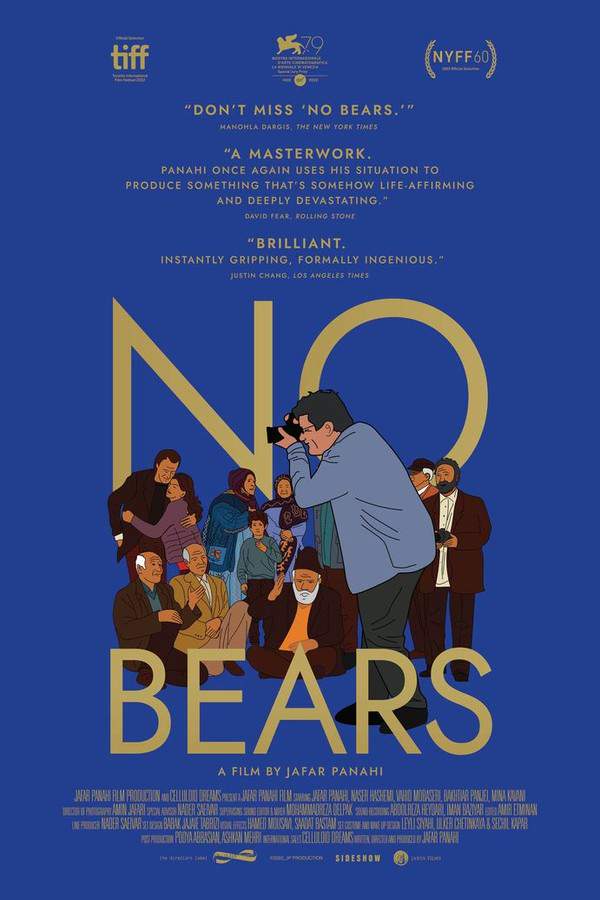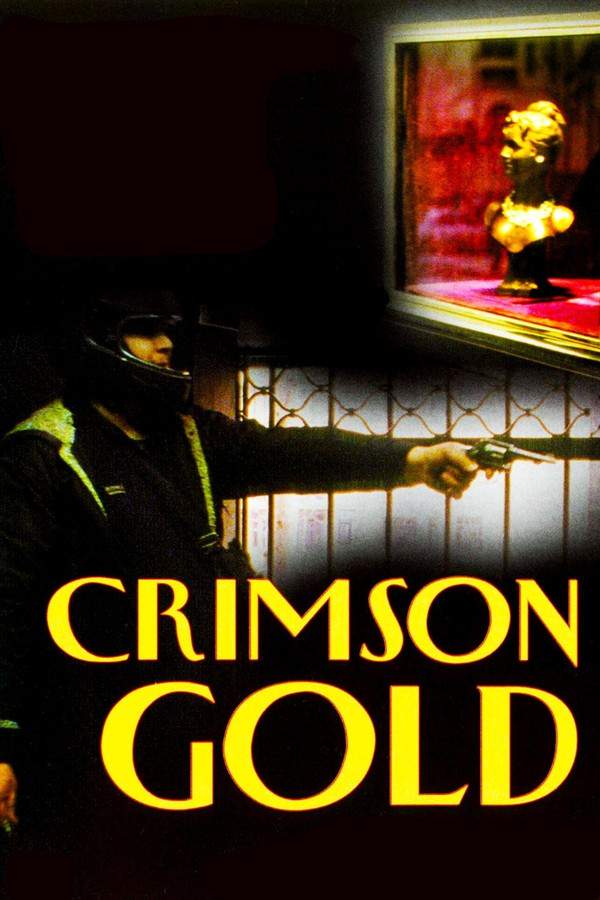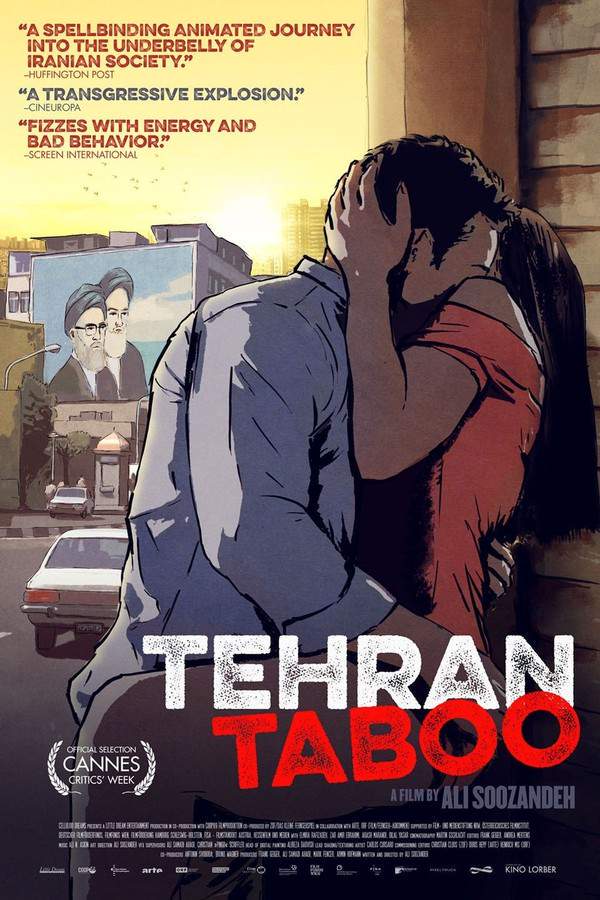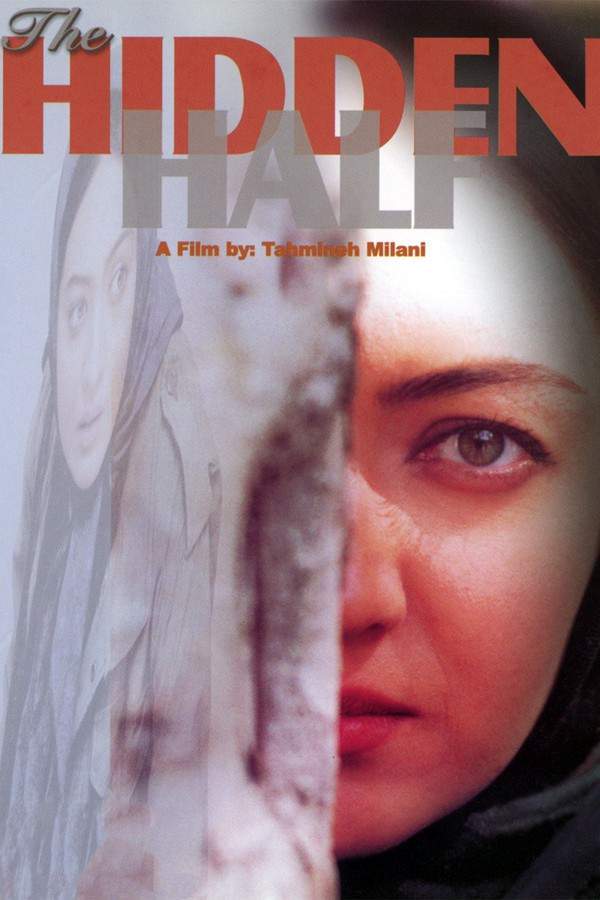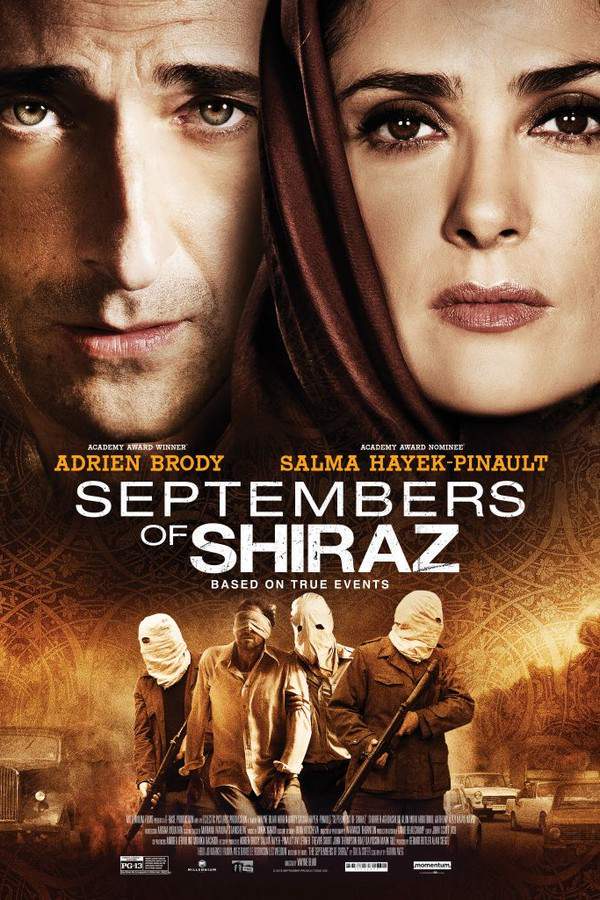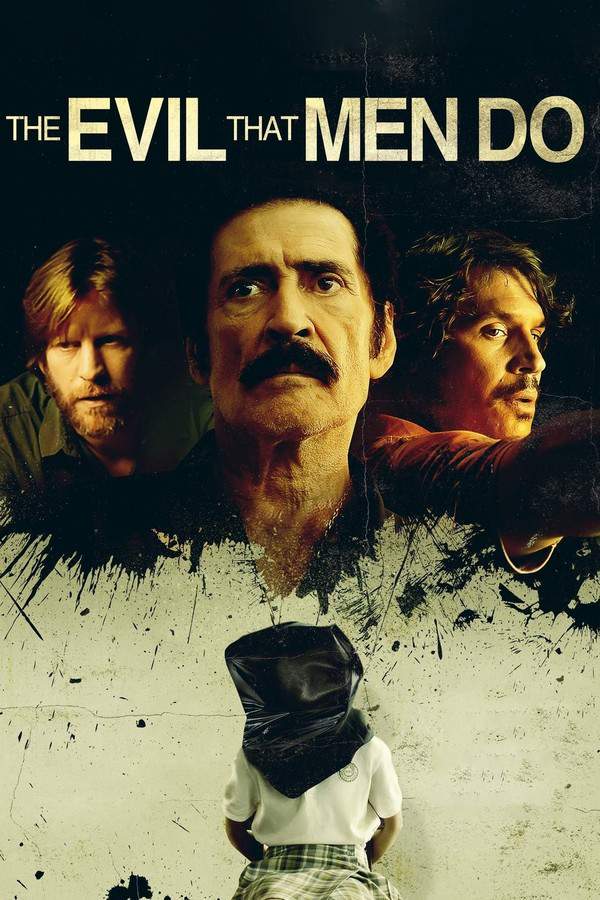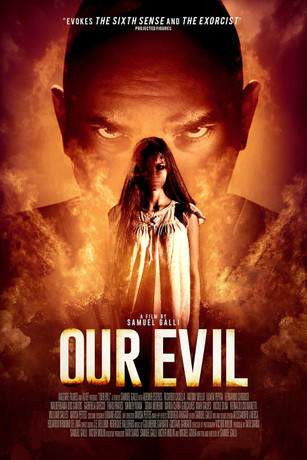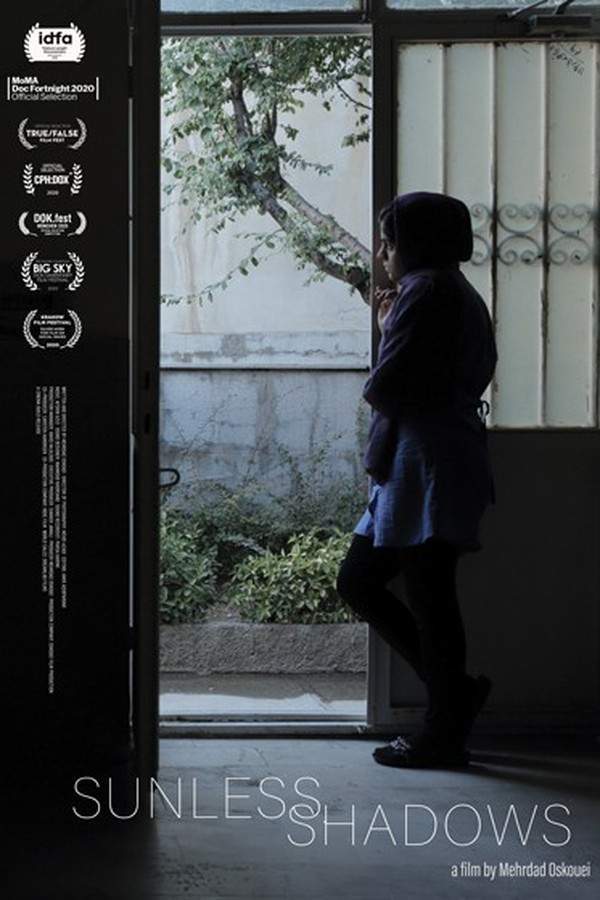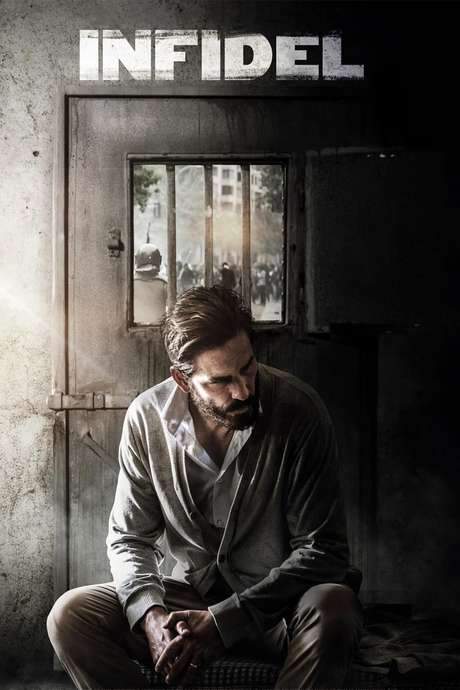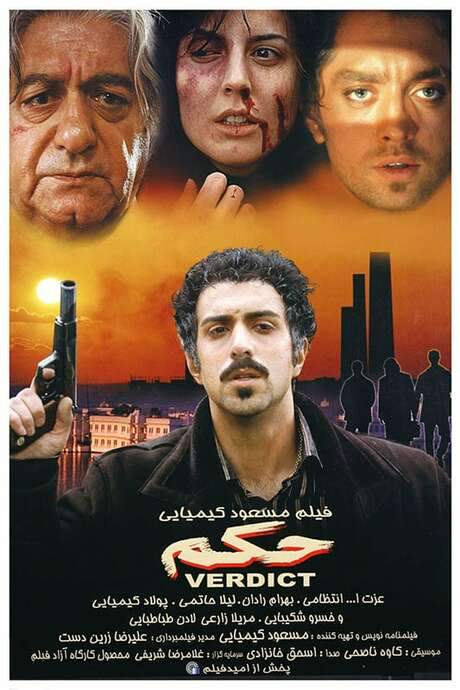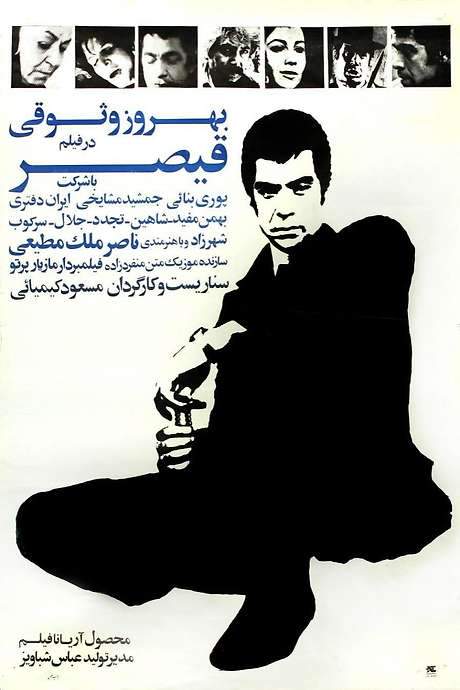There Is No Evil 2021
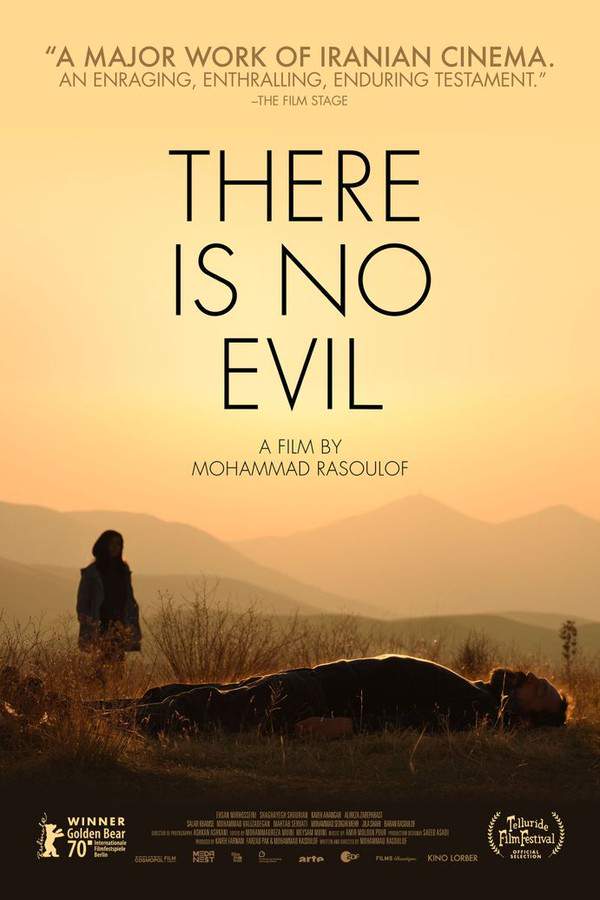
This Iranian anthology presents four interconnected stories centered on men grappling with a profound moral crisis. They are compelled to participate in the execution of prisoners, forcing them to choose between following the state's orders and risking everything to uphold their personal values. Each character's decision carries significant repercussions, impacting their relationships, careers, and sense of self as they navigate a complex system.
Does There Is No Evil have end credit scenes?
No!
There Is No Evil does not have end credit scenes. You can leave when the credits roll.
Meet the Full Cast and Actors of There Is No Evil
Explore the complete cast of There Is No Evil, including both lead and supporting actors. Learn who plays each character, discover their past roles and achievements, and find out what makes this ensemble cast stand out in the world of film and television.
External Links and Streaming Options
Discover where to watch There Is No Evil online, including streaming platforms, rental options, and official sources. Compare reviews, ratings, and in-depth movie information across sites like IMDb, TMDb, Wikipedia or Rotten Tomatoes.
Ratings and Reviews for There Is No Evil
See how There Is No Evil is rated across major platforms like IMDb, Metacritic, and TMDb. Compare audience scores and critic reviews to understand where There Is No Evil stands among top-rated movies in its genre.

The Movie Echo Score
Overall, the anthology earns a solid rating due to its potent thematic focus and compelling performances, though its extended runtime and occasional tonal unevenness hinder full immersion. Critics highlight the film’s moral urgency and effective visual symbols, while a single user denounces it as sluggish and pretentious. The balance of praise and criticism yields a generally favorable impression without universal acclaim.
The Movie Echo Score Breakdown for There Is No Evil

Art & Craft
In terms of direction and overall craftsmanship, the film demonstrates a strong artistic vision, employing striking visual motifs such as a wet uniform and a prowling fox. Critics note occasional heavy‑handed metaphors and abrupt tonal shifts, and the 150‑minute length challenges pacing. Nonetheless, the consistent depiction of grief and rage conveys a cohesive aesthetic.

Character & Emotion
When evaluating performances and emotional depth, critics consistently praise the nuanced acting and the humanity conveyed across the four segments. The anthology’s characters embody contempt, grief and resilience, offering a palpable sense of empathy. No substantial criticism of the cast emerges, reinforcing a perception of strong character work throughout the film.

Story & Flow
In terms of narrative coherence and pacing, the film delivers a powerful examination of state violence, yet the extended duration and some abrupt tonal transitions dilute momentum. Critics commend the originality and moral urgency of each vignette, but acknowledge that the heavy‑handed metaphors occasionally impede fluid storytelling. Overall, the story balances intensity with moments of measured pacing.

Sensory Experience
Regarding auditory and visual presentation, the film employs precise sound design and evocative imagery, such as the lingering sound of a uniform drying on a tree and the stark contrast of a fox in a barren landscape. Critics highlight these sensory details as piercingly effective, contributing to a compelling atmosphere. There is little criticism of the sensory elements, indicating strong execution.

Rewatch Factor
Rewatch potential is tempered by the film’s considerable length and moments of narrative heaviness, which some viewers may find taxing on subsequent viewings. While critics note the lasting emotional impact and thematic resonance that could invite repeat engagement, the sluggish pacing cited by a dissenting viewer suggests limited appeal for casual revisits.

82
Metascore
6.6
User Score


98%
TOMATOMETER

90%
User Score

7.5 /10
IMDb Rating

75
%
User Score

3.8
From 112 fan ratings

4.56/5
From 36 fan ratings
Take the Ultimate There Is No Evil Movie Quiz
Challenge your knowledge of There Is No Evil with this fun and interactive movie quiz. Test yourself on key plot points, iconic characters, hidden details, and memorable moments to see how well you really know the film.
There Is No Evil Quiz: Test your knowledge on the intricate narratives and moral dilemmas presented in 'There Is No Evil'.
What is the primary occupation of the character Heshmat in Episode I?
Executioner
Teacher
Doctor
Soldier
Show hint
Full Plot Summary and Ending Explained for There Is No Evil
Read the complete plot summary of There Is No Evil, including all major events, twists, and the full ending explained in detail. Explore key characters, themes, hidden meanings, and everything you need to understand the story from beginning to end.
The film unfolds through four distinct, yet interconnected episodes, each narrating the complex human emotions tied to moral dilemmas.
Episode I: “There Is No Evil”
In this episode, we follow a man named Heshmat as he navigates his seemingly mundane daily routine. He starts by assisting his neighbors in rescuing a cat, later picking up his wife and daughter from their respective workplaces and school. They visit his mother-in-law, where he engages warmly with his family. The night before attending a wedding, he aids his wife in putting highlights in her hair. However, the next day, the tones of normalcy clash with the weight of his responsibilities as he drives to work with an evident sense of dread. At his job, he faces a grim task—the execution of several condemned prisoners.
Episode II: “She Said: ‘You Can Do It’”
In the second episode, Pouya, a soldier, is confronted with a harrowing order: to execute a man. Struggling with the moral implications, he seeks assistance through his brother’s connections in hopes of avoiding this fate. As he converses with his bunkmates, he expresses his internal conflict, particularly about how mandatory conscription restricts his ability to leave the country with his girlfriend Tahmineh. While discussing the grim situation, another soldier decides to take Pouya’s place for a hefty sum, but moral debates ensue as Pouya wrestles with his fate. In a desperate escape attempt, he overpowers several soldiers, discards the execution rifle, and reunites with Tahmineh for a fleeting moment of joy.
Episode III: “Birthday”
The narrative shifts focus to Javad, a young man on the verge of proposing to his girlfriend Na’na during her birthday celebration. However, the air is thick with tension as the family mourns the death of a political activist, Keyvan, whose ideals starkly oppose Javad’s own. Struggling with feelings of guilt, Javad comes to a shocking realization—he was complicit in Keyvan’s execution during his service, an act that sends his relationship with Na’na into a tailspin. As familial reflections and celebrations intertwine, the weight of his choices drives a wedge between him and Na’na, culminating in her heartbreak and swift exit from their relationship.
Episode IV: “Kiss Me”
Finally, the last episode centers on university student Darya who visits her relatives, Bahram and Zaman, at their countryside home. Unbeknownst to her, Bahram is gravely ill, which deepens their conversations about life choices and ethical dilemmas, particularly concerning the killing of wildlife to protect livestock. A confrontation ensues when Zaman finally reveals that Bahram is, in fact, Darya’s biological father, a truth laden with torment for both. As he recounts the sacrifices made to ensure her safety, including separating from his family after refusing to execute someone, Bahram’s health deteriorates, leading to a critical moment that intertwines her departure with an emotional farewell. Darya’s fleeting glimpse of a fox in the brush serves as a poignant metaphor for the choices faced by her family amid the tragedies of their past.
Uncover the Details: Timeline, Characters, Themes, and Beyond!

Coming soon on iOS and Android
The Plot Explained Mobile App
From blockbusters to hidden gems — dive into movie stories anytime, anywhere. Save your favorites, discover plots faster, and never miss a twist again.
Sign up to be the first to know when we launch. Your email stays private — always.
Watch Trailers, Clips & Behind-the-Scenes for There Is No Evil
Watch official trailers, exclusive clips, cast interviews, and behind-the-scenes footage from There Is No Evil. Dive deeper into the making of the film, its standout moments, and key production insights.
There Is No Evil Themes and Keywords
Discover the central themes, ideas, and keywords that define the movie’s story, tone, and message. Analyze the film’s deeper meanings, genre influences, and recurring concepts.
There Is No Evil Other Names and Titles
Explore the various alternative titles, translations, and other names used for There Is No Evil across different regions and languages. Understand how the film is marketed and recognized worldwide.
Similar Movies To There Is No Evil You Should Know About
Browse a curated list of movies similar in genre, tone, characters, or story structure. Discover new titles like the one you're watching, perfect for fans of related plots, vibes, or cinematic styles.
Quick Links: Summary, Cast, Ratings, More

What's After the Movie?
Not sure whether to stay after the credits? Find out!
Explore Our Movie Platform
New Movie Releases (2026)
Famous Movie Actors
Top Film Production Studios
Movie Plot Summaries & Endings
Major Movie Awards & Winners
Best Concert Films & Music Documentaries
Movie Collections and Curated Lists
© 2026 What's After the Movie. All rights reserved.





















